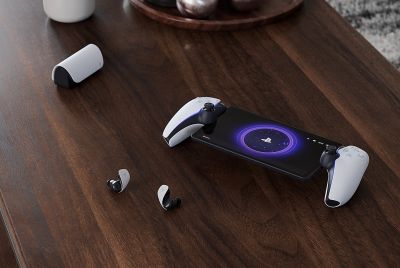This Cyborg needs only a bacterial brain to move and stalk prey

Future robots can function with a bacterial brain that helps control the device and renders it capable of higher order functions, shows a mathematical model developed by a Virginia Tech scientist.
"Basically we were trying to find out from the mathematical model if we could build a living microbiome on a nonliving host and control the host through the microbiome," said Warren Ruder, an assistant professor of biological systems engineering in both the College of Agriculture and Life Sciences and the College of Engineering.
Ruder will next build real-world robots that can read bacterial gene expression levels in engineered E. coli and respond accordingly.
A modification of mating behaviour was seen in fruit flies manipulated by bacteria as also mice implanted with probiotics. That led to the study of bacteria-induced changes in a machine by coupling the two in equations governing gene circuits, robot movement and bioreactors.
The changing colour of the bacteria in response to what they ate was picked by sensors on the robot which moved according to the colour and intensity.
The robot also displayed predatory behaviour in pausing before striking when directed to move by the bacteria.
Biosynthetic experiments based on understanding the biochemical sensing between organisms can see applications in ecology, biology, and robotics, says the Virginia Tech statement.
Exploring interactions between soil bacteria and livestock, or bacteria-based prescriptions to treat mental and physical illnesses and droids that deploy bacteria to remediate oil spills are some immediate uses.
"We hope to help democratize the field of synthetic biology for students and researchers all over the world with this model," said Ruder. "In the future, rudimentary robots and E. coli that are already commonly used separately in classrooms could be linked with this model to teach students from elementary school through the Ph.D.-level about bacterial relationships with other organisms."
The findings were published in the journal Scientific Reports.
Bio-engineered bacteria have been hailed as potential oil spell cleaners, but the dangers of a bacterial contamination has kept them from being deployed in large scales.
The robots with bacterial brains can help contain the bacteria while allowing them to interact with their environment.
Understanding the biological interactions are the main aim of the experiments and not creation of any bio-inspired Terminator machines, Ruder assured TechTimes.
Cyborgs that see the coming together of human and robotic parts have fast moved from Star Trek and Terminator realm into reality. Many projects have followed Kevin Warwick's, which linked his nervous system to the internet through a chip to demonstrate the advantages of a man-machine symbiosis. Neural implants in insects have helped teams to control motion and even insect development.
© Copyright IBTimes 2025. All rights reserved.




















